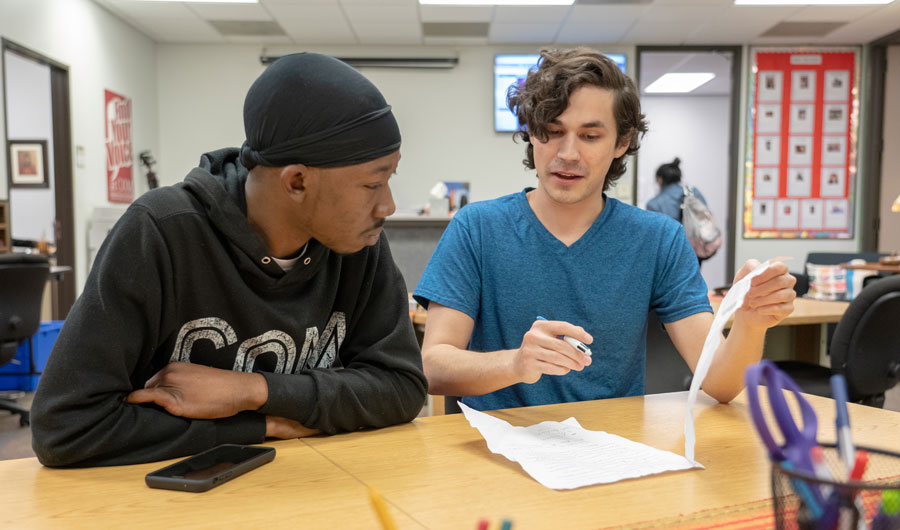Reading Resources

Tips for Reading Strategies
Annotating Textbooks
This tip sheet covers annotating your textbook to help you understand and remember information.
SQ3R Method for Thorough Study
This tip sheet covers the SQ3R method for thorough study and several tips on active reading strategies.
Active Reading Strategies
-
Ask yourself pre-reading questions.
For example: What is the topic, and what do you already know about it? Why has the instructor assigned this reading at this point in the semester?
-
Identify and define any unfamiliar terms.
-
Bracket the main idea or thesis of the reading, and put an asterisk next to it.
Pay particular attention to the introduction or opening paragraphs to locate this information.
-
Put down your highlighter. Make marginal notes or comments instead.
Every time you feel the urge to highlight something, write instead. You can summarize the text, ask questions, give assent or protest vehemently. You can also write down key words to help you recall where important points are discussed. Above all, strive to enter into a dialogue with the author.
-
Write questions in the margins, and then answer the questions in a reading journal or on a separate piece of paper.
If you’re reading a textbook, try changing all the titles, subtitles, sections and paragraph headings into questions. For example, the section heading “The Gas Laws of Boyle, Charles and Avogadro” might become “What are the gas laws of Boyle, Charles and Avogadro?”
-
Make outlines, flow charts or diagrams that help you to map and to understand ideas visually.
-
Read each paragraph carefully and then determine “what it says” and “what it does.” Answer “what it says” in only one sentence.
Represent the main idea of the paragraph in your own words. To answer “what it does,” describe the paragraph’s purpose within the text, such as “provides evidence for the author’s first main reason” or “introduces an opposing view.”
-
Write a summary of an essay or chapter in your own words.
Do this in less than a page. Capture the essential ideas and perhaps one or two key examples. This approach offers a great way to be sure that you know what the reading really says or is about.
-
Write your own exam question based on the reading.
-
Teach what you have learned to someone else!
Research clearly shows that teaching is one of the most effective ways to learn. If you try to explain aloud what you have been studying, (1) you’ll transfer the information from short-term to long-term memory, and (2) you’ll quickly discover what you understand – and what you don’t.
